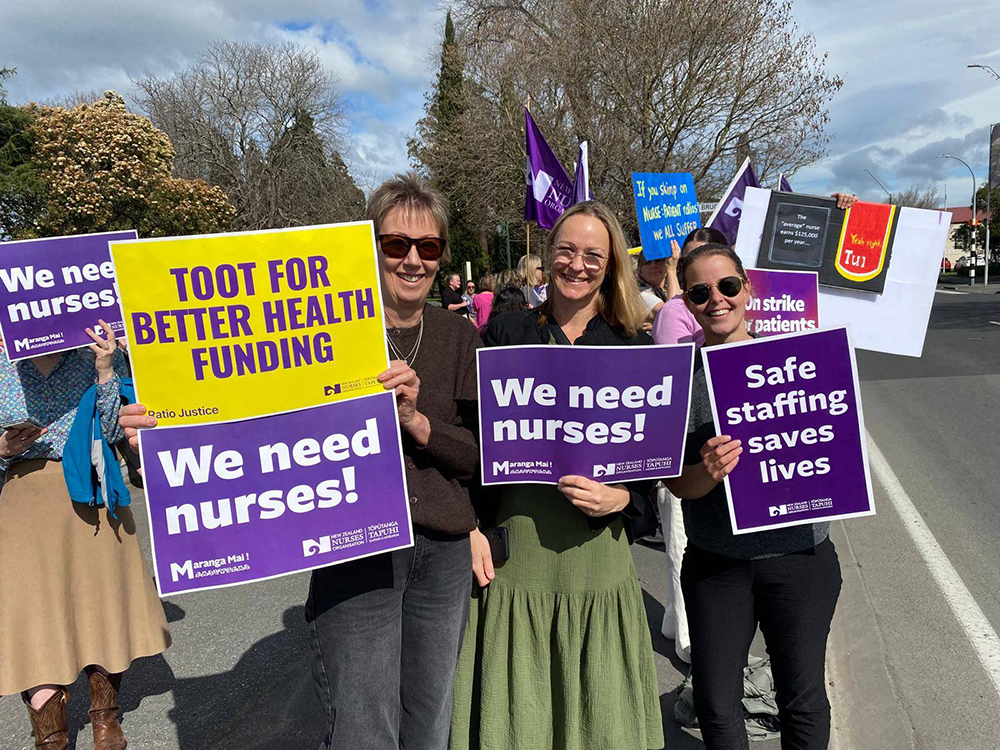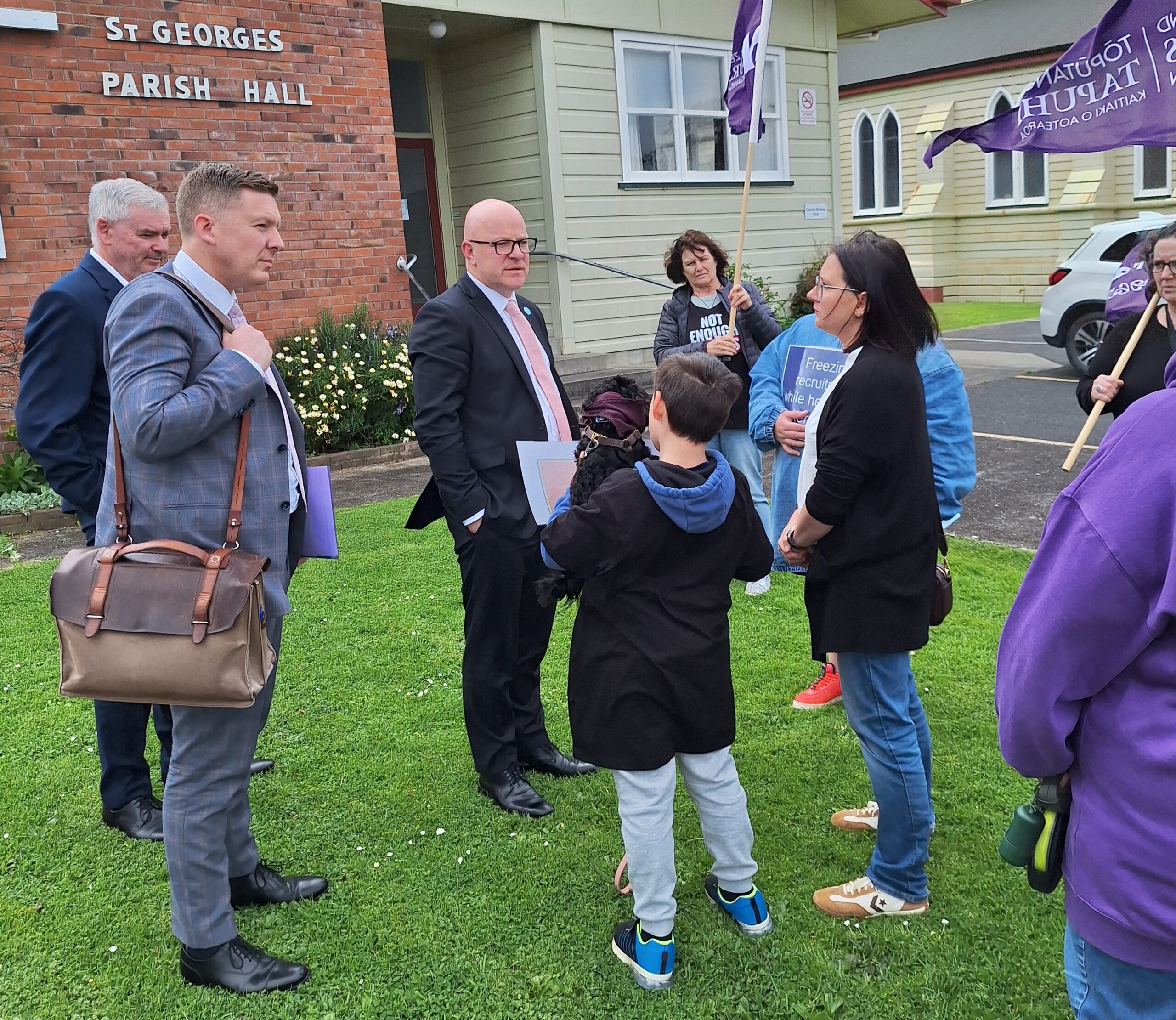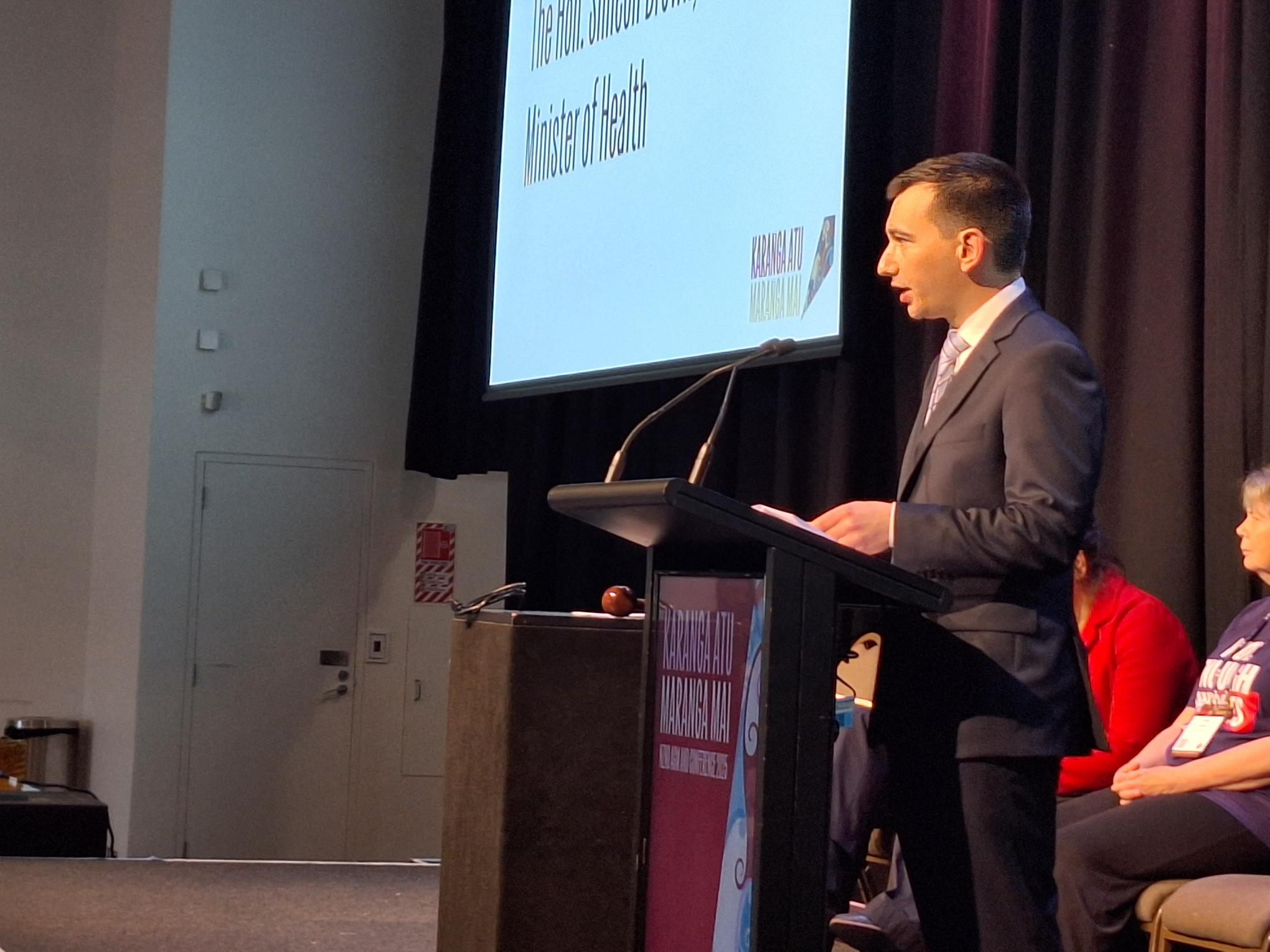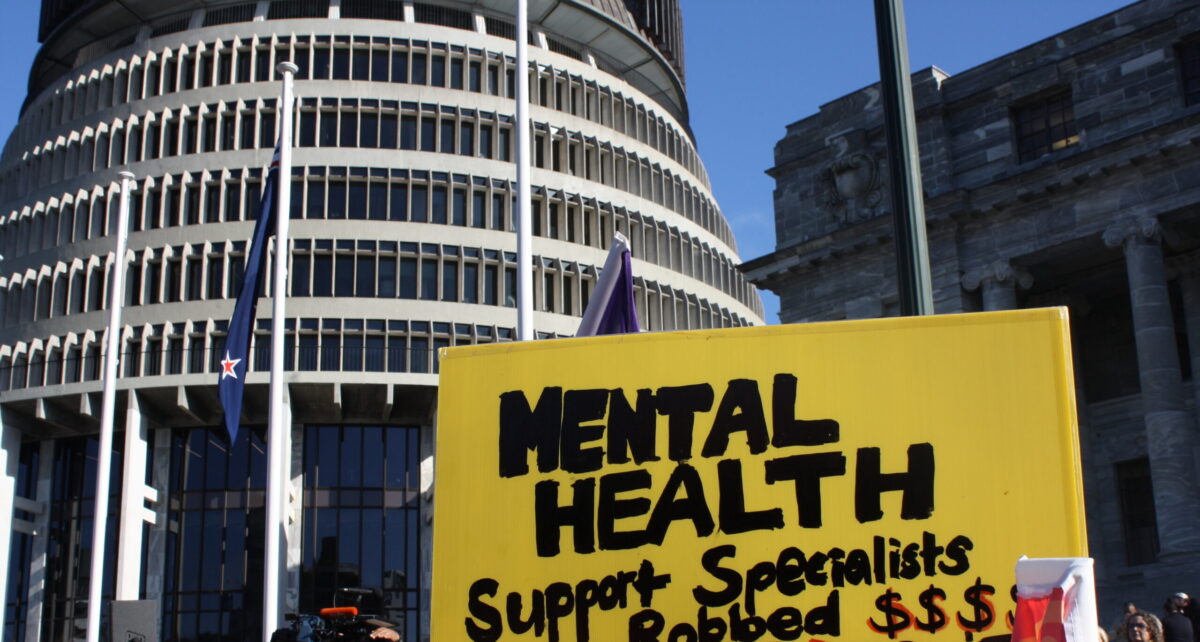Mental health services took eight of the top-10 most understaffed wards in Aotearoa in 2024 — nine of the top 11.
At number one was the Mason Clinic’s forensic rehabilitation Rata ward in Waitematā: understaffed 99.13 per cent of shifts.
This is a blow-out from 2022 when only 1.64 per cent of shifts were understaffed. All of the top three in the list were in the high-90s, percentage-wise last year.
Last month, Te Whatu Ora apologised to NZNO for acting “unreasonably” in refusing to release its 2024 safe-staffing (CCDM) data until ordered to by the Ombudsman.

Previously, nurses were gaslit about the level of short-staffing — but the numbers were undeniable, and at the top of the understaffing list was mental-health nursing.
Chair of NZNO’s mental health nurses section, Helen Garrick said the types of mental health wards in the list were also worrying.
All of the top-10 mental health wards were acute, forensic — linked to the criminal and legal system — or dealt with overlapping intellectual disabilities and mental illness.
Mental Health Minister Matt Doocey talked about expanding the mental health workforce, but he was only putting money into “the soft end of the scale”, she said.
“We’re only seeing him . . . puddling around with his nice advertising campaigns and his health promotion activities and his God-knows-how-many digital platforms.”
Doocey however wasn’t keen on on funding the moderate to severe end of mental health issues, Garrick said.

“I’ve been to Rata, I’ve been to Totara [acute and forensic wards], they’re in Mason Clinic. I cannot imagine saying to some of the very unwell people in there, ‘why don’t you sit down on a digital platform and do a breathing exercise?’. This is ludicrous.”
Mental health nursing wasn’t popular in the profession — it was seen as more challenging, she said. And because it was harder to recruit new nurses, the understaffing made it feel less safe. “It’s also . . . a very limited aspect of the undergraduate nursing programme.”
Top 10 [staffing] most wanted
Here are the top 10 most-understaffed wards in Aotearoa last year, with percentage of understaffed shifts:
- Mason Clinic Rata forensic rehab mental health ward, 99.13 per cent
- Mason Clinic Totara acute-sub acute mental health ward, 97.27 per cent
- Hutt Hospital Te Rangimārie acute mental health acute ward, 96.17 per cent
- Ratonga Rua o Porirua Mental Health Campus, intellectual/learning disability 88.96 per cent
- Thames Hospital ED 78.91 per cent
- Hillmorton Hospital Whaikaha intellectual disabilities assessment, treatment, rehab mental health ward 78.47 per cent
- Christchurch Hospital children’s health ward 16 74.54 per cent
- Mason Clinic Kauri sub acute mental health ward, 74.21 per cent
- Mason Clinic Kahikatea forensic rehab mental health ward, 73.55 per cent
- Mason clinic Te Aka forensic psychiatry mental health ward, 73.55 per cent
– NZNO analysis of CCDM data
Adding pressure to the problem was the fact that people had simply become more mentally unwell since the pandemic, Garrick said.

“It’s pretty well-known across the world actually that Covid, and all the things that went wrong with Covid, one of the issues that has arisen is a vast increase in mental illness.”
Garrick said the Government hadn’t taken into account this increasing need for mental health services.
“As we see all over the place we have crumbling services in health. In buildings that aren’t suitable, and we have ideologies that don’t fit the buildings that we put people in, all of those things, it costs money and they’re not very keen in providing that.”
Forensic care under pressure — Ministry report
In August the Ministry of Health released a report from its investigation into mental health services in Canterbury. It came after the murder of two women, in 2022 and 2024, by men who had been under care at Hillmorton hospital.
The investigation, that focused on systemic problems rather than the specific cases, found critical shortages of staff in all areas.

“Staffing shortages appeared to particularly affect forensic mental health services. This was due to the difficulty in maintaining safe staffing numbers and the relatively junior nature of the staff in this area,” the report said.
What does the Minister say?
Doocey said he had made it a priority to get more frontline workers. “We’ve seen registered mental health nurses up 21 per cent and nursing support workers up 20 per cent.”
He said Budget 2025 “invested heavily” in mental health with a $51 million investment to open up more beds.
However this was over four years, and using funding re-prioritised within the existing health budget. It aimed to provide 10 new acute inpatient beds and eight new step-down (transitional) beds in the Central North Island. This region does not cover any of the wards in the top 10.
Doocey said the Health NZ mental health workforce had grown about 10 per cent under this Government. It had also delivered 110 additional New Entry to Specialist Practice (NESP) training spots.
He did not reply to questions about the shortages of nurses in the specific wards nor comment on the findings of the investigation into mental health services in Canterbury.


